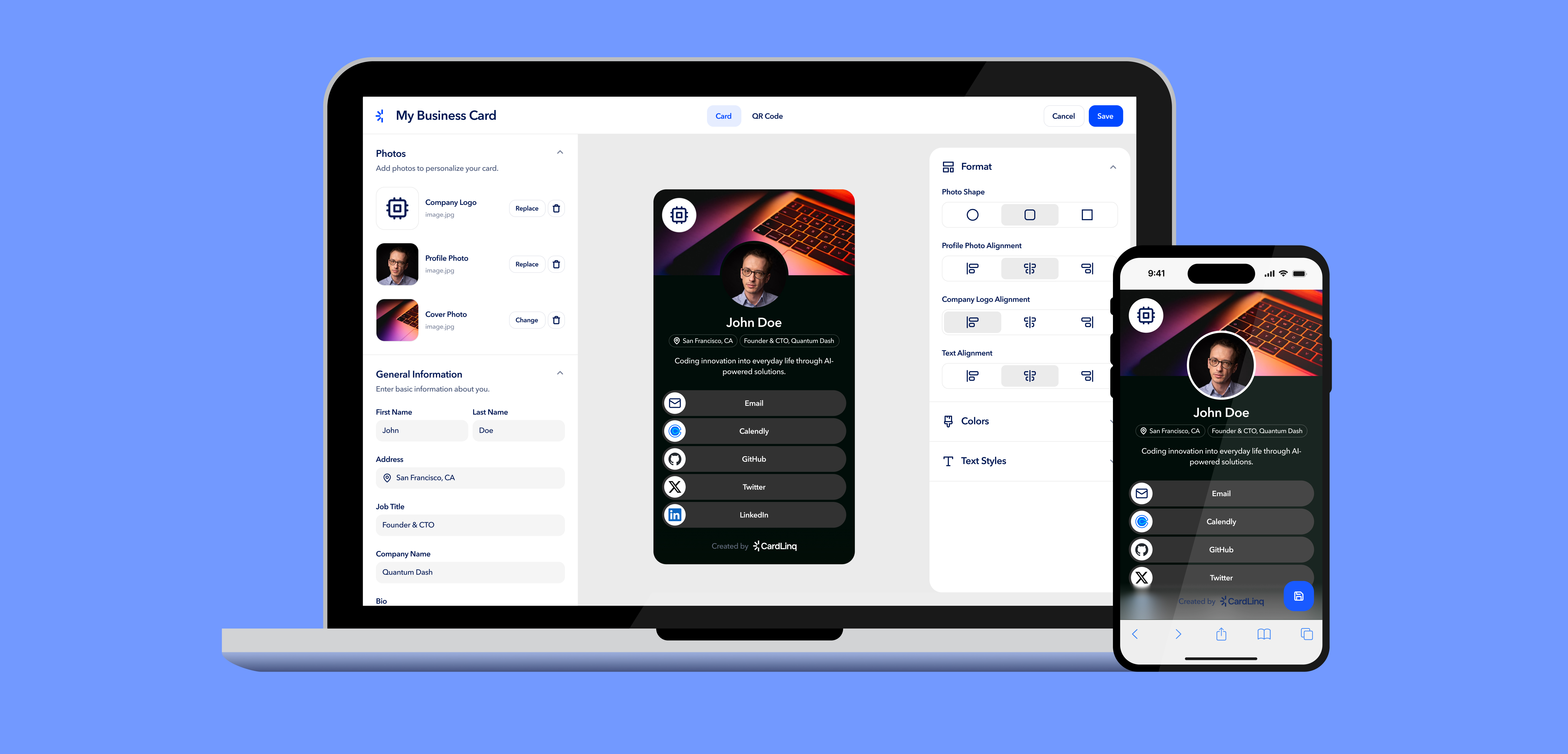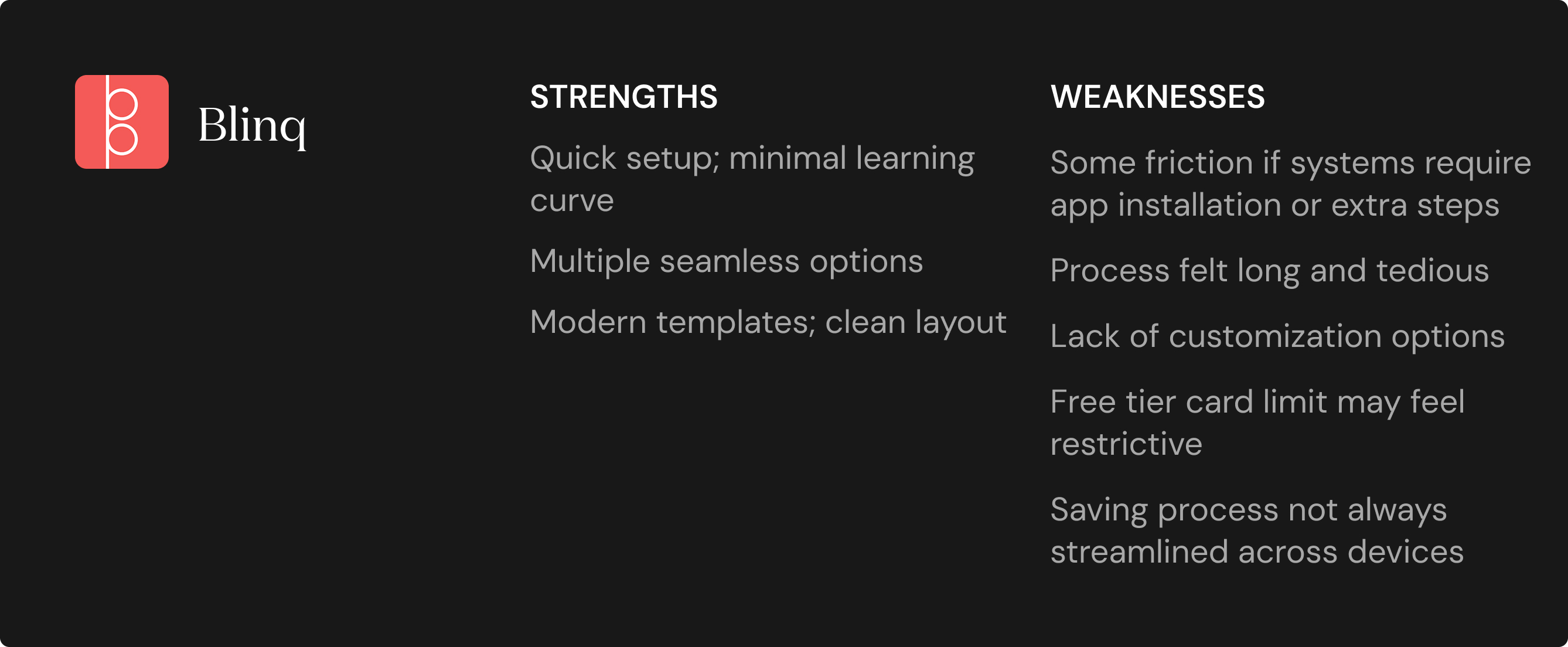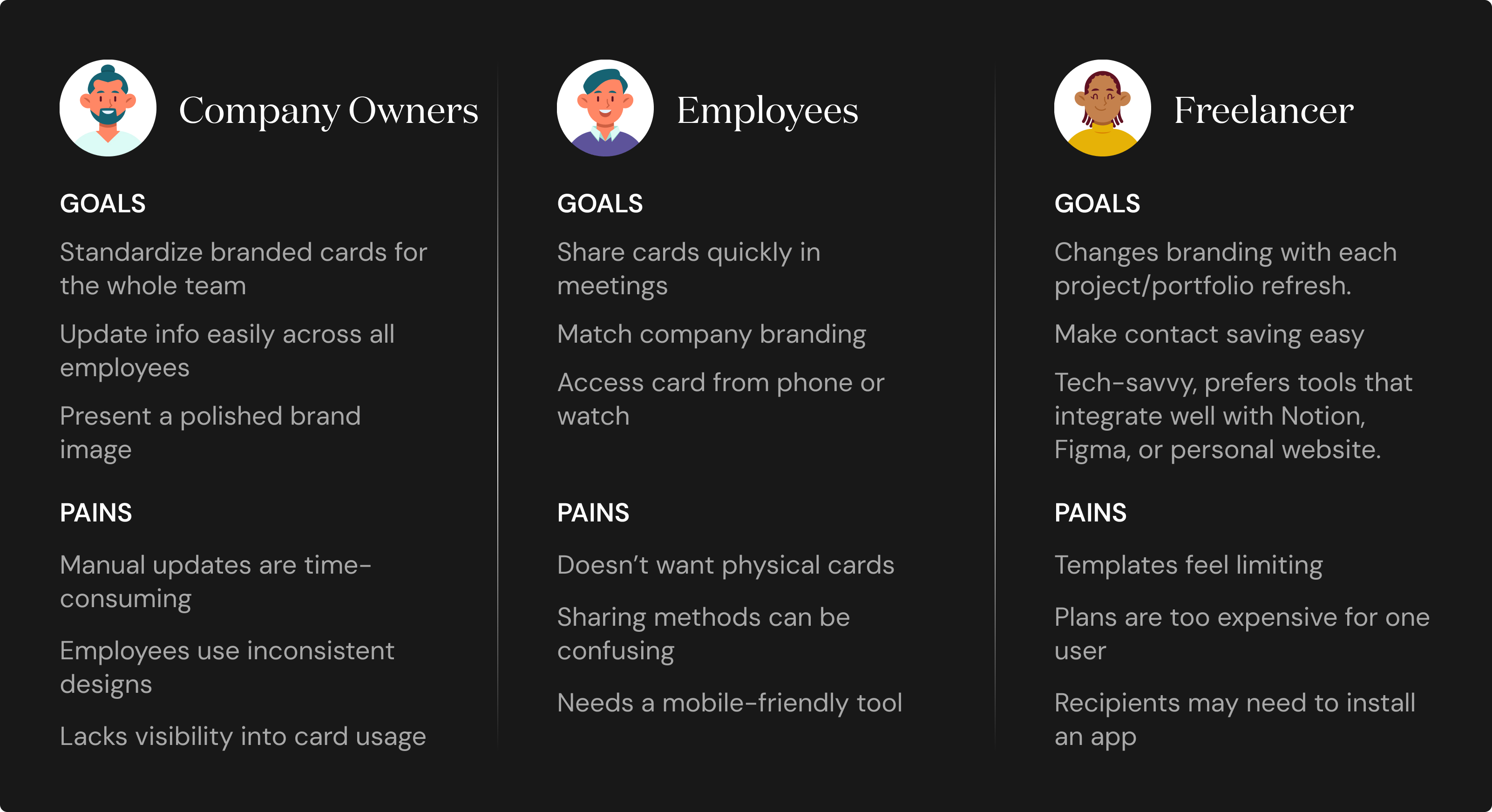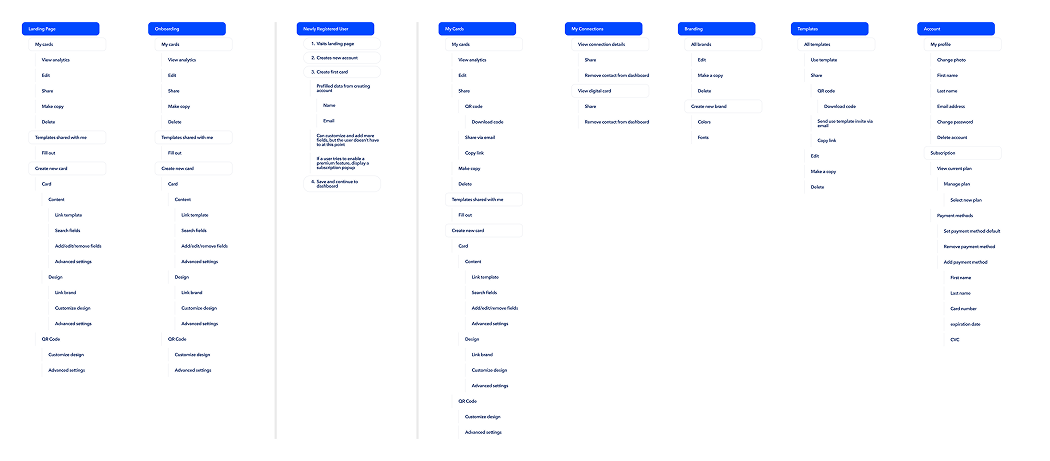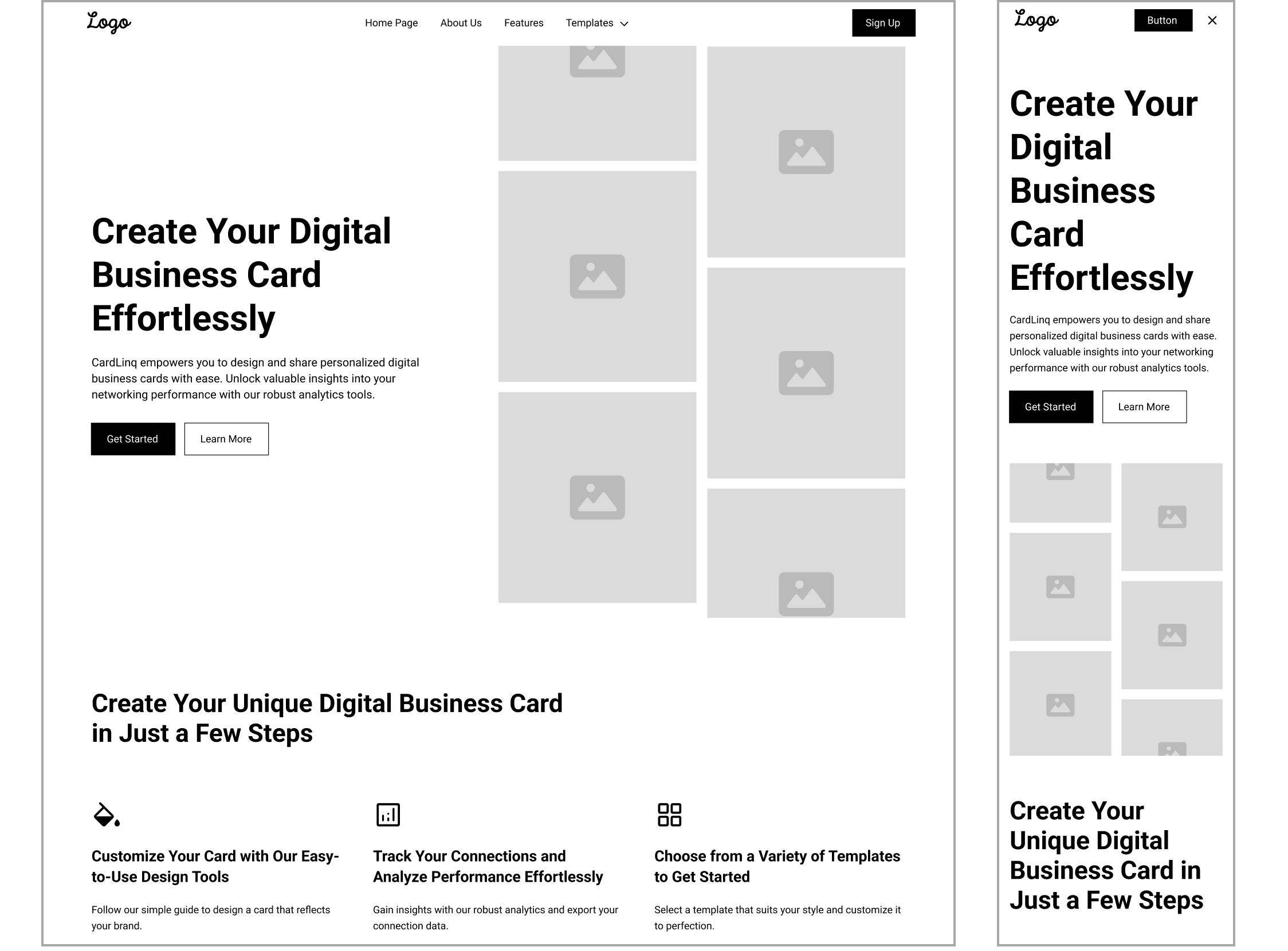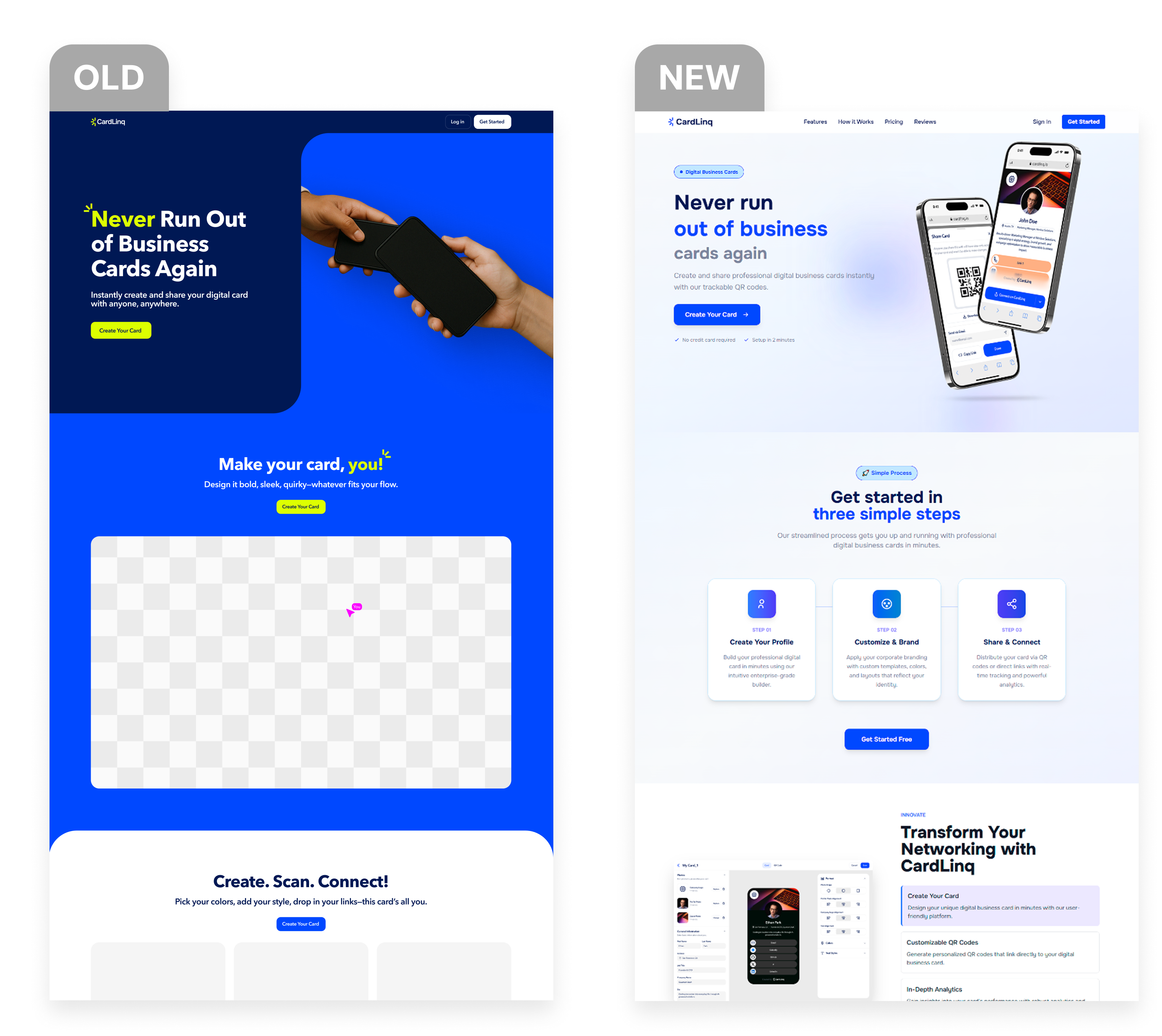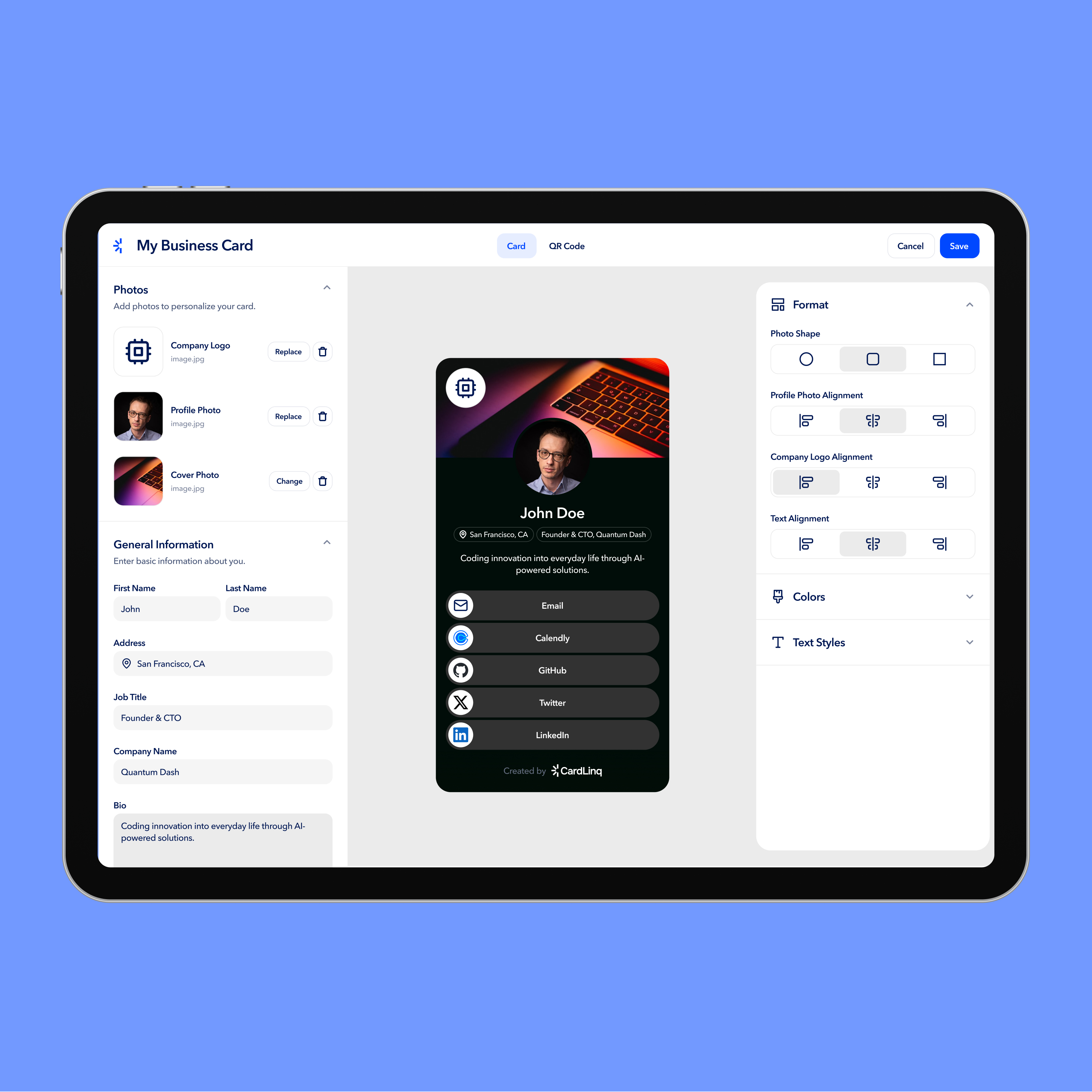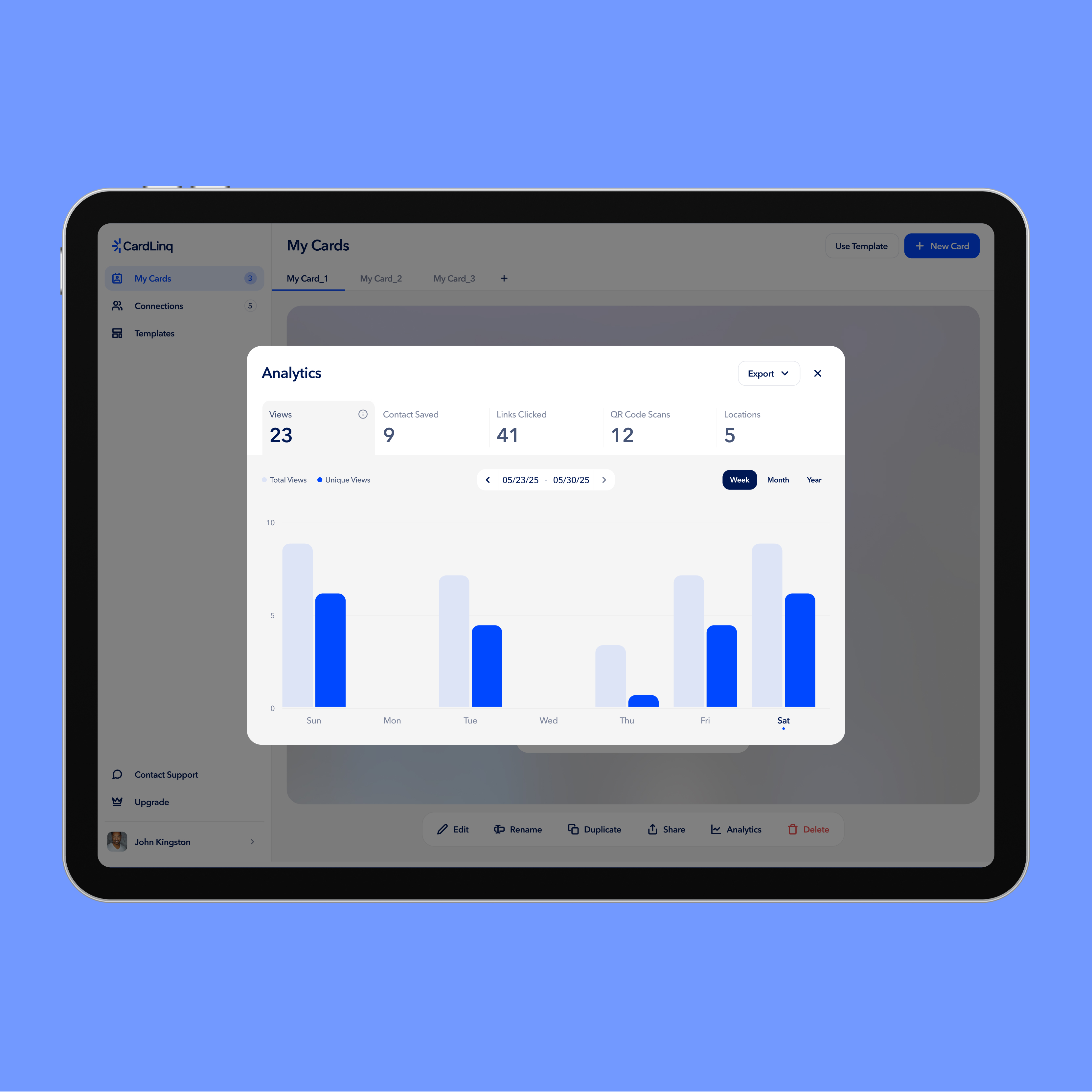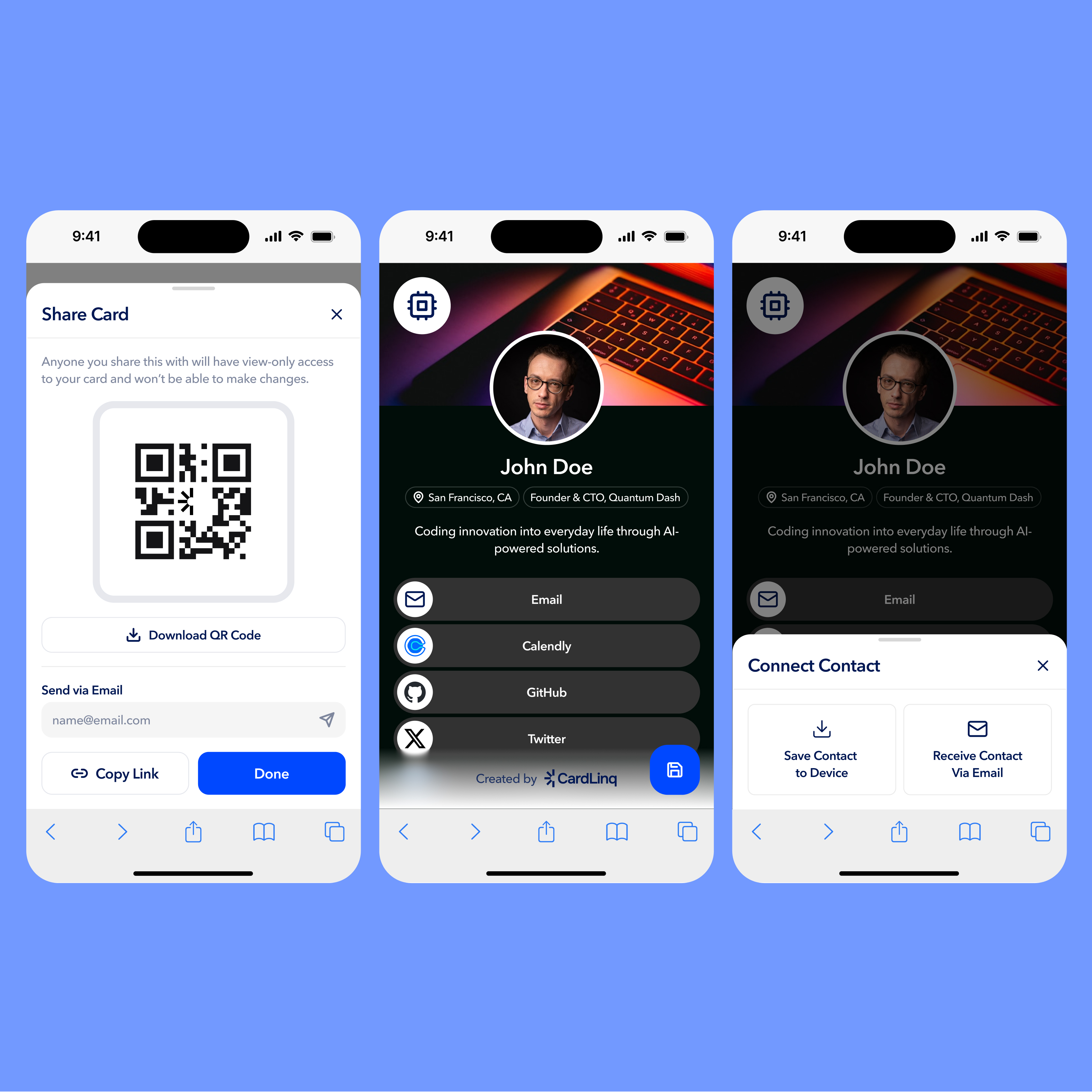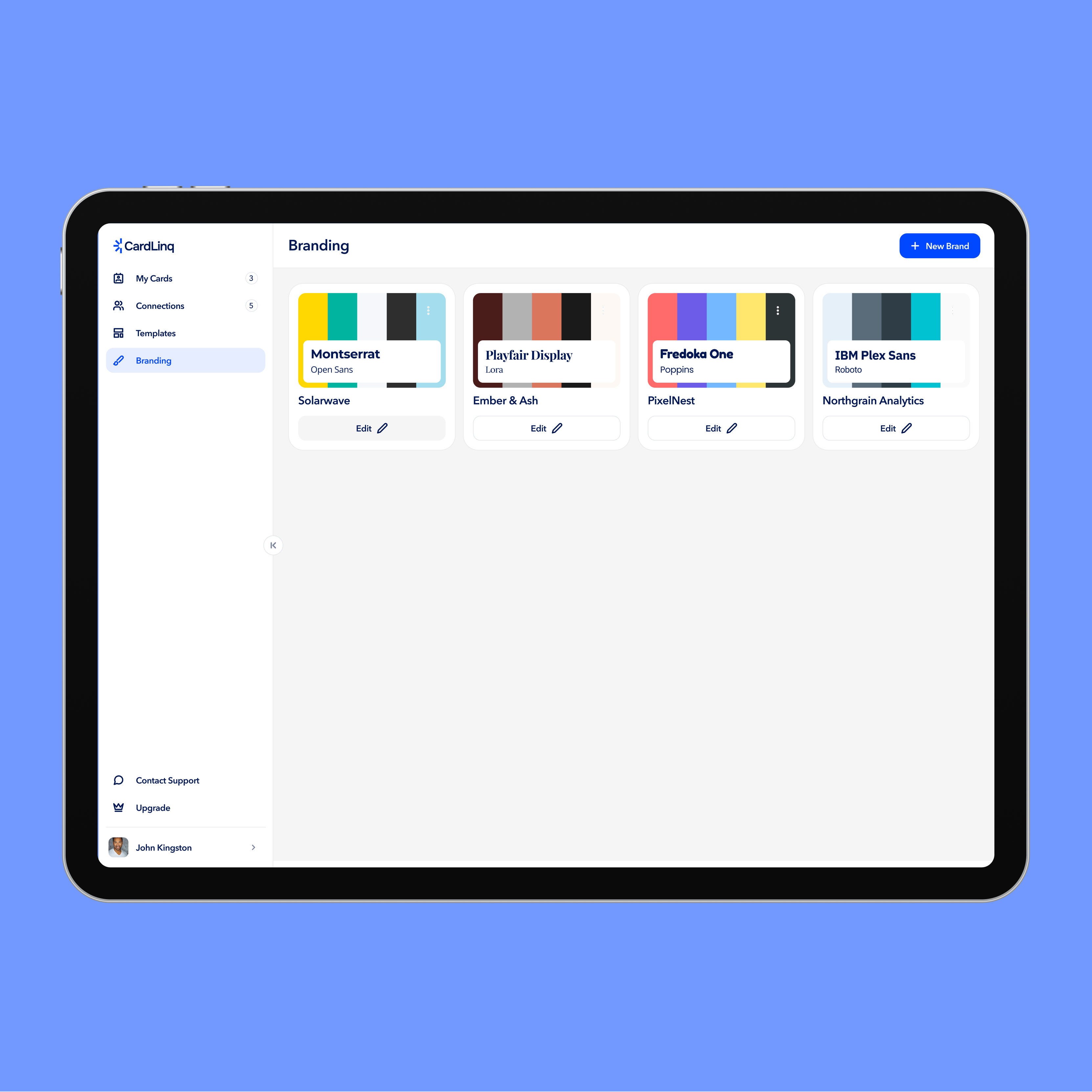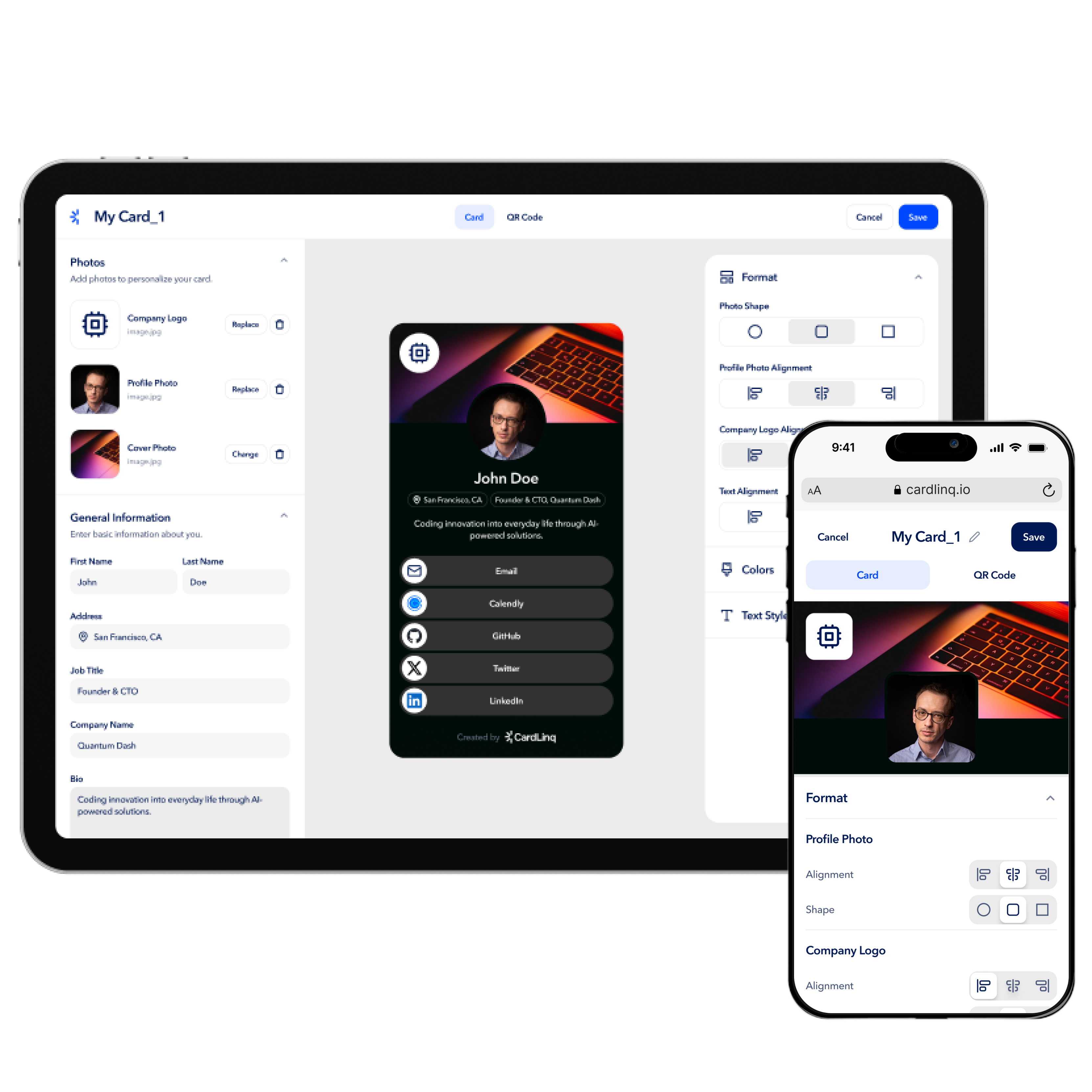Challenges and Solutions.
Throughout the design process, my co-designer and I explored several ambitious ideas to help CardLinq stand out—one being a social layer that allowed users to “friend” others on the platform. While promising, we ultimately chose to put this feature on hold to focus on the core goal of the MVP: fast, seamless card creation and sharing.
The challenge was maintaining focus. As we began integrating these extra ideas into the user flow, it became clear they introduced unnecessary complexity that risked slowing down the experience. To stay aligned with our mission, we made the decision to streamline the product and prioritize what mattered most.
To support this direction, we relied on a frequent check-ins with stakeholders, rapid prototyping, and weekly QAs. These helped us keep the experience focused, efficient, and aligned with user needs.
